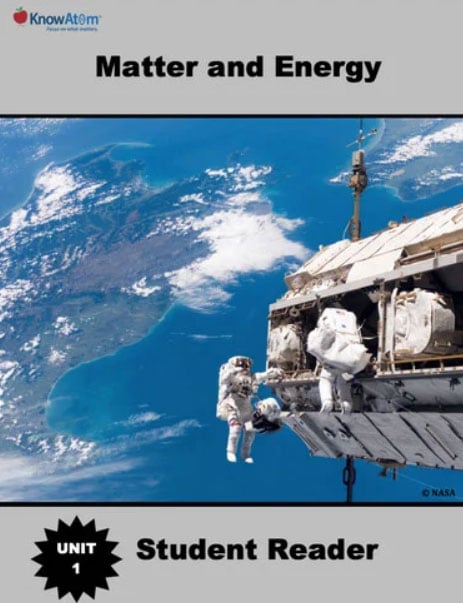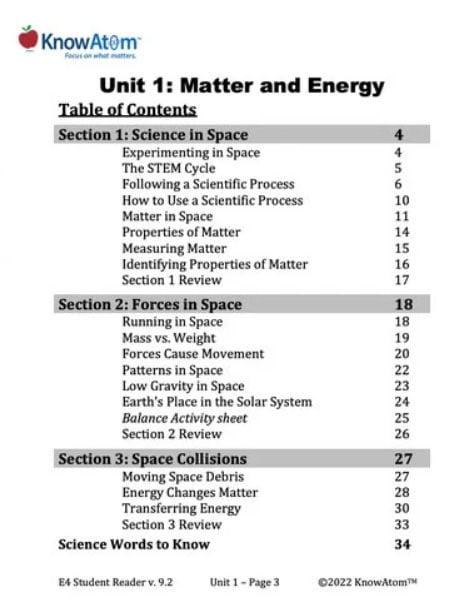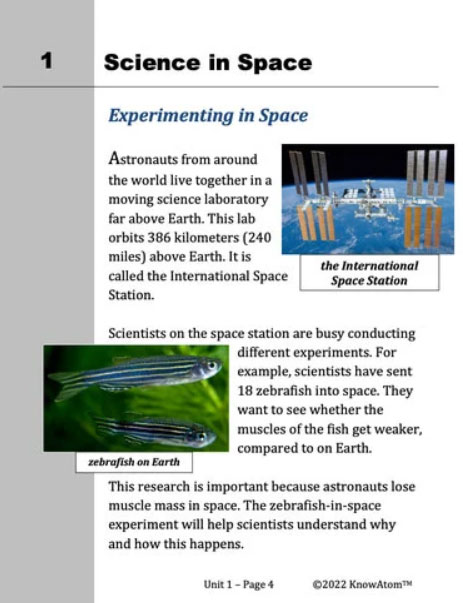Cause and Effect: a relationship between events or things, where one is the result of the other
Energy : the ability to do work (move an object, heat up an object, charge an object, etc.)
Force: a push or pull that acts on an object, changing its speed, direction, or shape
Gravity: a force of attraction between all matter
Mass: a measure of the amount of matter that makes up an object; measured in grams (g)
Pattern: something that happens in a regular and repeated way
Speed: the rate at which an object covers distance in a period of time; measured in meters per second (m/s)
System: a set of connected, interacting parts that form a more complex whole
Weight: a gravitational force exerted on an object by a planet or moon; measured in newtons (N)










